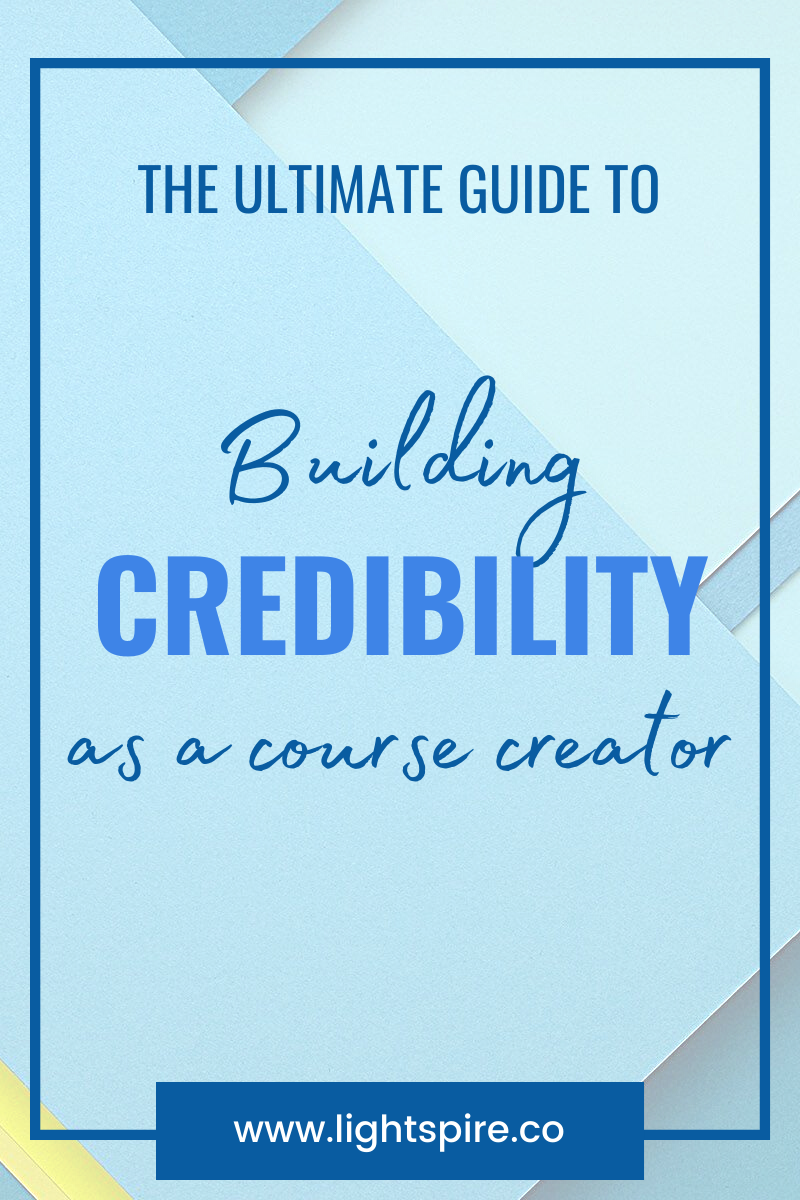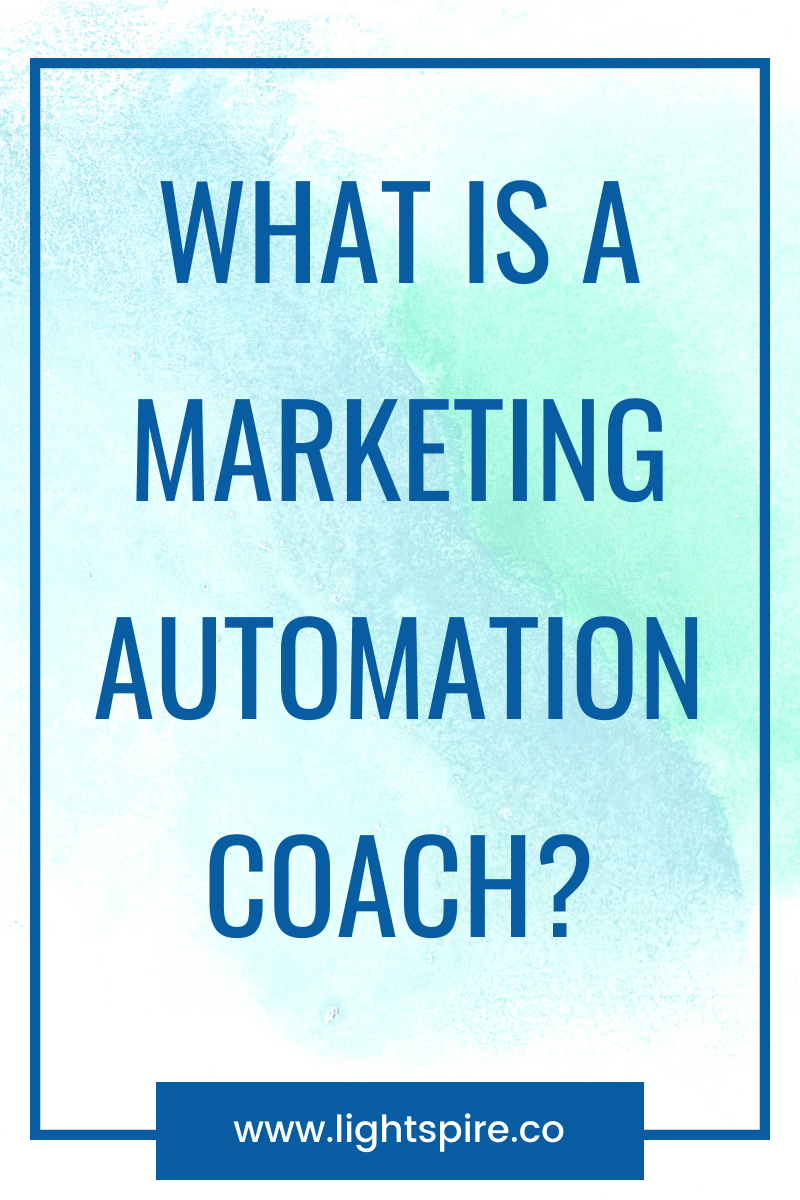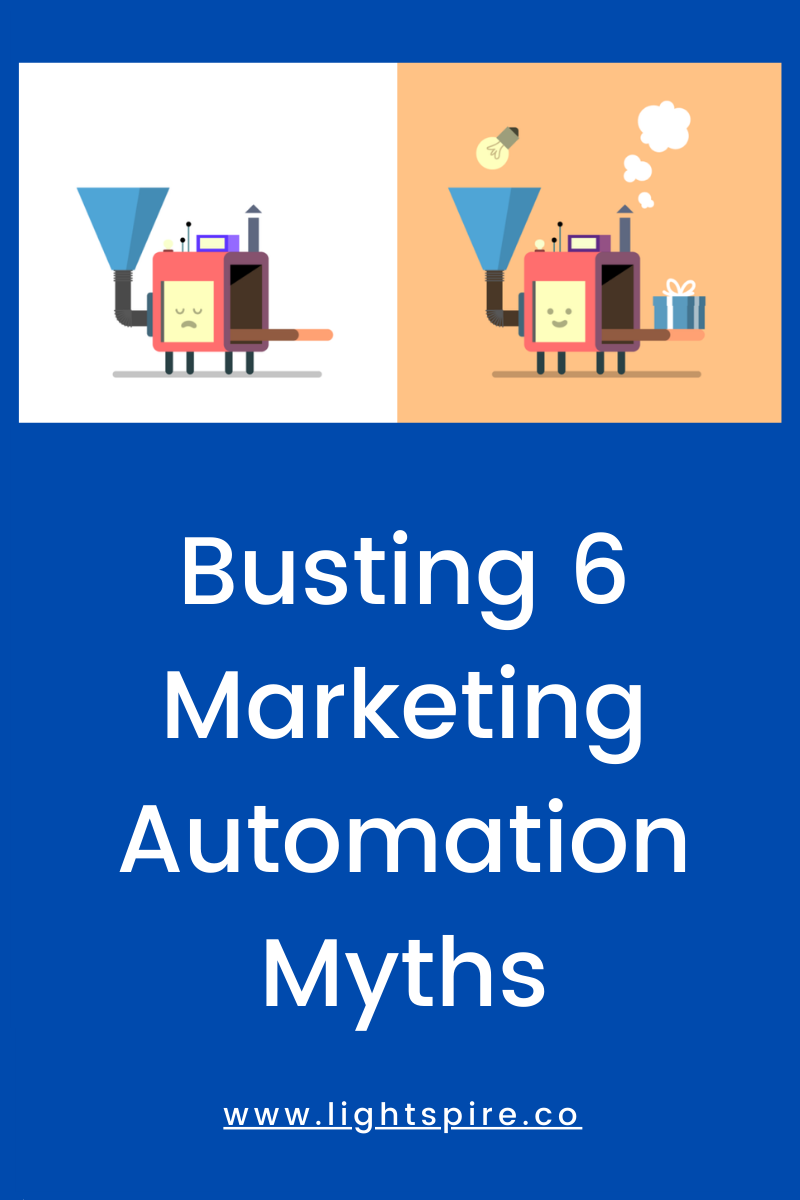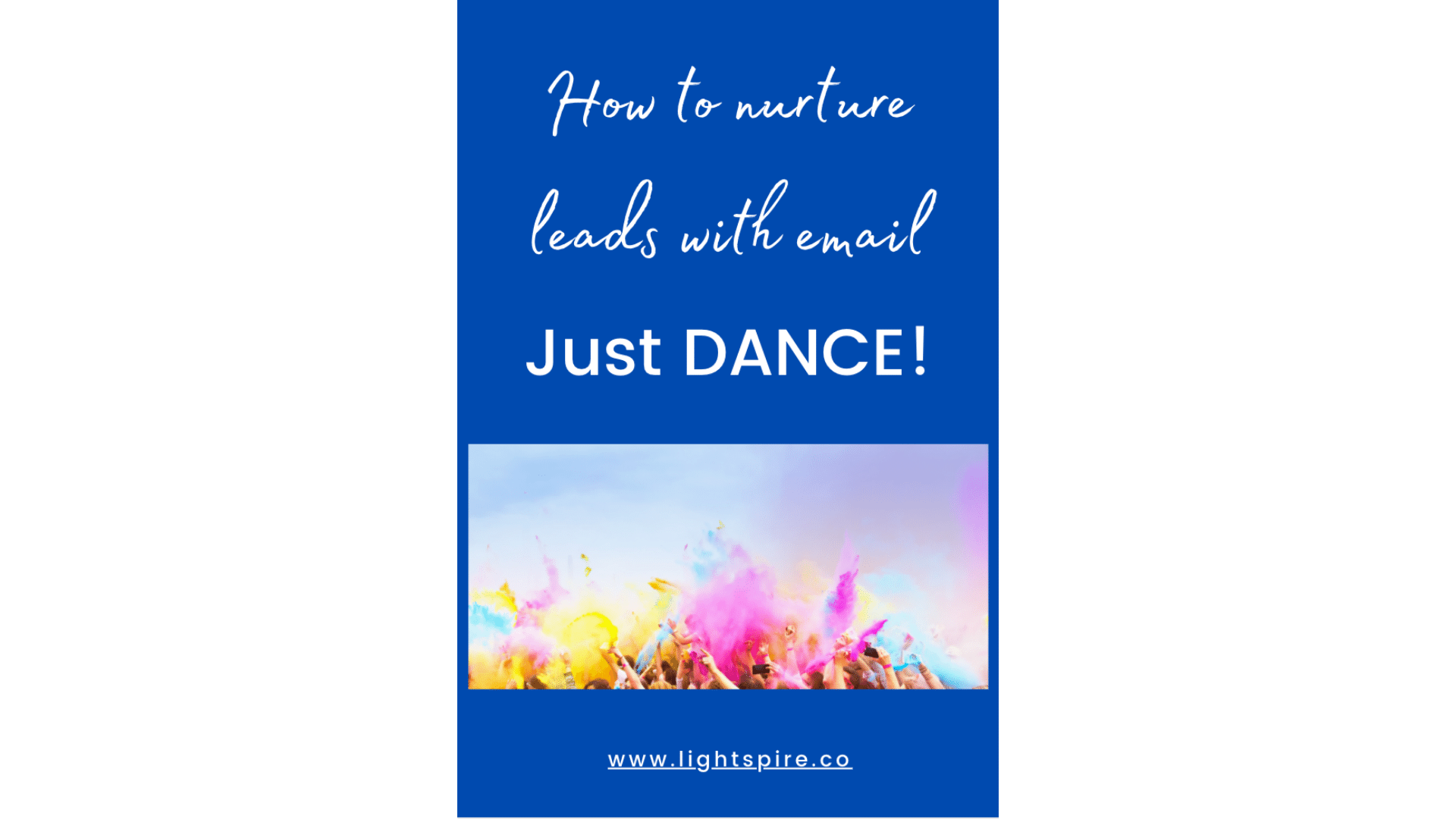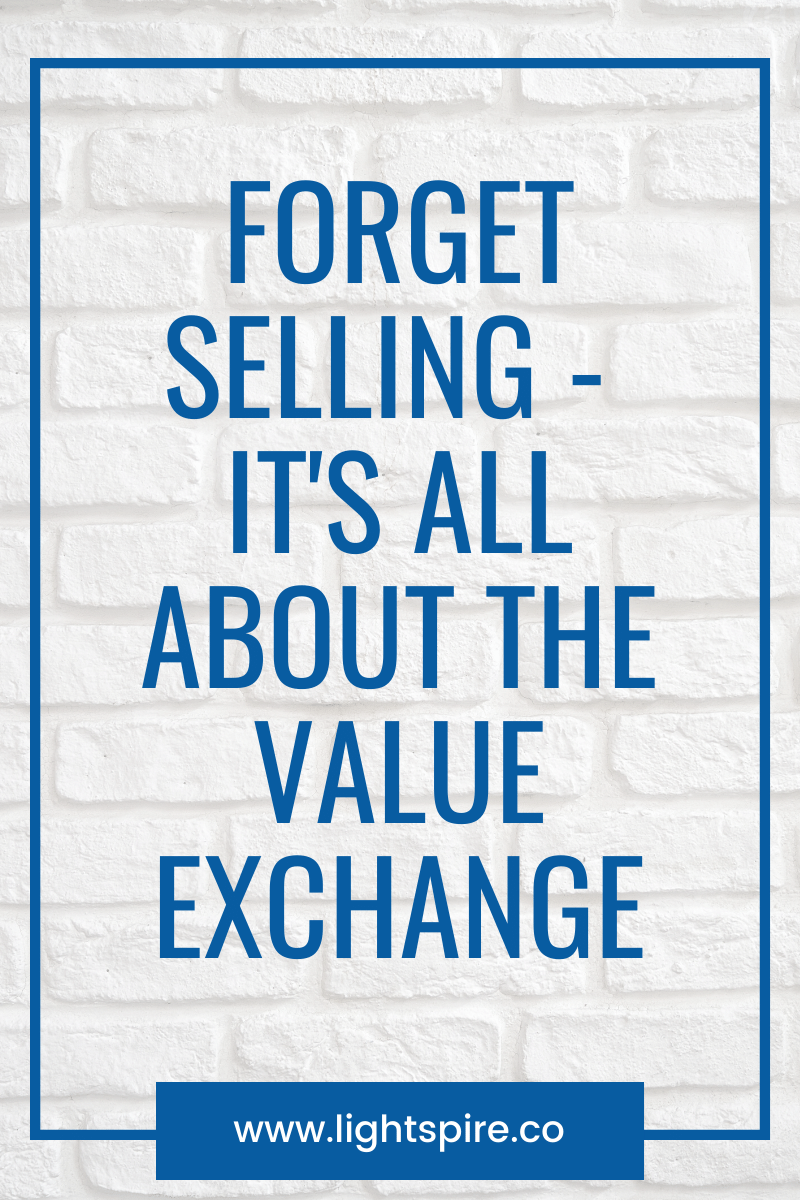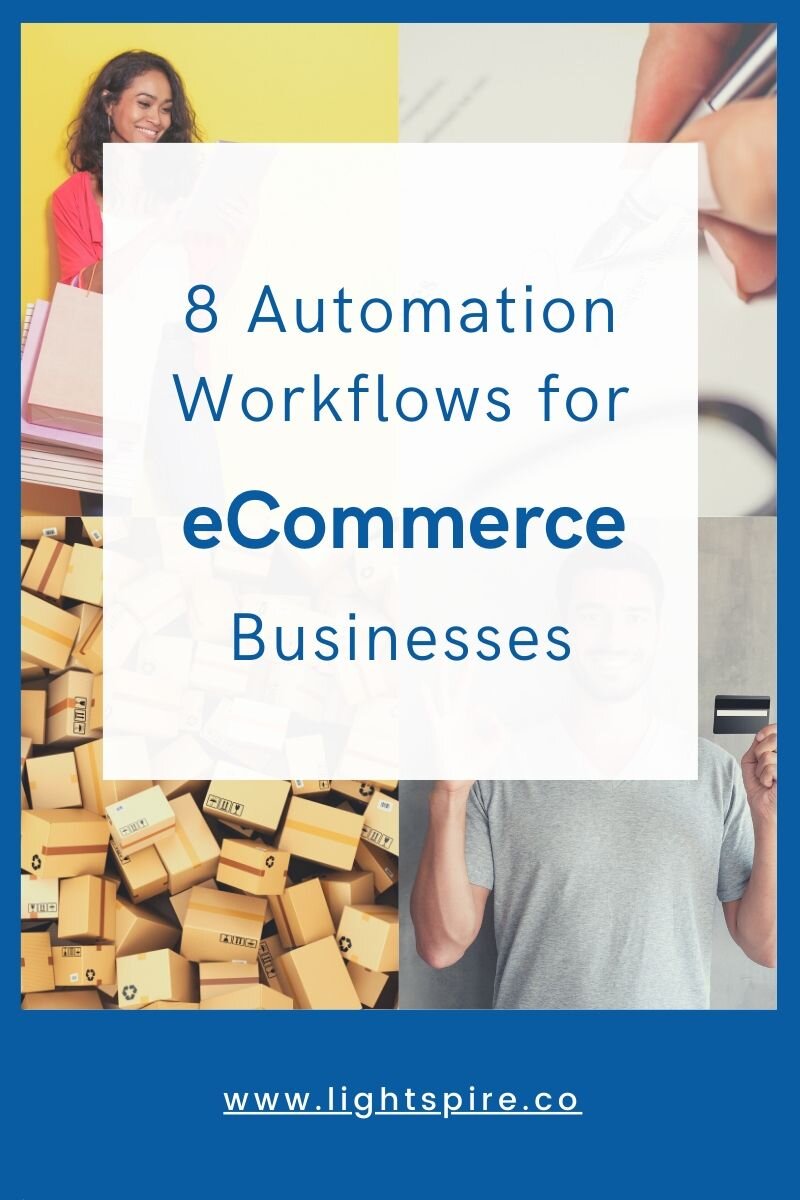The Big List of Ways to Segment your Audience [with Infographic]
Have you ever played the improv game where a criteria is called out, and everyone has to sort themselves into groups based on the criteria? For instance, someone will say “birth months!” and you try to run to others who have the same birth month as you. If all goes well, you end up with 12 clear groups of people.
I’ve always chuckled a bit when anyone talks about audience segmentation, because that’s what I picture. I see a giant white room with my audience standing around in it. Then I yell something like “What country are you from?” and people kind of shuffle and grumble as they sort themselves into groups. I might need a hobby.
If you think of it this way, segmentation is a lot less complicated and intimidating than some automation platforms would have you believe. It’s essentially just a way to sort people into groups. What groups you sort into, how many groups you create, and what you do with that knowledge are all up to you - and how you do it will change based on your goals and business.
Once you sort your audience into groups, you can then use those groups to deliver more relevant communications, resources, and offers. You can automate marketing efforts based on customer actions, responding to behaviors and providing help in real time. As a result, you’ll get better open rates, response rates, and conversion rates from your messages.
And the truth is, customers now expect personalized messages. “To whom it may concern” is no longer going to cut it (if it ever really did). Customers are used to tailored experiences based on their preferences, and brands who don’t know anything about them are setting themselves up to fail. A huge amount of companies, from big brands to small businesses, are automating their marketing and reaching customers with uniquely tailored messaging. You’ll need great personalization to stand out, and that starts with great segmentation.
Segmentation results really do speak for themselves. Mailchimp’s study of their customers found that segmented campaigns had a 14% higher open rate and over 100% higher click rate than their non-segmented counterparts. And it’s not just the numbers. Segmentation of your audience will help you:
Better match of your product or service offering to your customer segment’s needs, creating well-tailored marketing campaigns.
Improve the products or services you’re offering. Identify what does work and (more importantly) what doesn’t work and alter accordingly.
Retain more customers by offering products that appeal to where customers are in their stage of life and customer journey.
Increase revenue by upselling to customers who have shown an interest in your products or purchased before.
Enhance profits by targeting customers with higher disposable incomes or spending habits, raising your average selling price.
Below are 38 ways you can segment your audience, along with tips on how to evaluate your segments.
Whether you’re selling premium skincare products, sweaters for puppies, enterprise sales software, or something in between, these segments have got you covered.
When deciding how to use these segments, and which will be important for your business, it’s important to keep both your product and your audience (as a whole) in mind. If you picture a customer walking through the door (real or virtual) to buy your product, what do you note about that person? Which qualities about them change the way that you approach them or the way you sell your product? This exercise helps you focus on the customer information that is most relevant, as opposed to focusing on information that’s easy to gather, information that “everyone else” is measuring, or information that you may have used in the past.
So, without further ado, the big list of customer segments for every type of business:
Here’s an infographic of all 38 audience segments!
Demographics
Demographics refers to information about your customers independent from your product and relationship with them. Things like age and gender are true for that person regardless of whether your company exists. This information can be gathered in the early stages of your funnel, either during your signup process, through social media, or by asking in a survey or quiz. Be careful not to ask for too much information early on, as this might feel intrusive for customers who don’t yet have a relationship with your company. You can always gather more information over time. Demographic segments include:
Age
Gender
Income
Occupation
Family
Life Stage
Education
Psychographics
Psychographics refers to customers’ attitudes and beliefs that may have an impact on their purchases or their relationship with your company. This is information that you’ll gather throughout your relationship through social media, engagement with your company, and feedback that your customers give you about products and services. Psychographic segments include:
Lifestyle
Interests
Opinions
Personality
Values
Social Attitudes
Motivations
Geography
Segments based on location and geography are more powerful than many marketers realize. With a little bit of creativity, geographic segments can be used to offer better product recommendations, approach your audience at the right time of day, invite your audience to local events, offer content in your customers’ preferred language, and more. Geographic segments include:
Country
Region
City
Population Density
Weather/Climate
Time Zone
Language
Customer Behavior
Your customers are constantly sharing their preferences and desires with you by interacting with you on your website, through social media, and through their product purchases. This information is the easiest to gather, and often the most powerful predictor of future customer behavior. Customer behavior segments include:
Browsing History
Searches
Past Purchases
Time Since Last Purchase
Purchase Frequency
Cart Contents & Cart Abandonment
Activity Level
Device Used
Pages Visited
Videos Watched (and How Long)
Customer Journey
As with any marketing strategy, segmentation works best if it includes an awareness of where your customers are in their journey with your company. After all, a first time user or curious browser will want very different content and resources than your loyal customers and advocates. Customer journey segments include:
Product Skill Level
Time Since Signup
Engagement Level
User Status
Product Usage
Referral Activity
Onboarding Completion
Each of your customer segments should consist of customers who are very closely aligned with one another, yet are different enough from customers within other segments. Ask yourself the following five questions when determining if a segment is an ideal grouping:
Is the segment measurable? Can you clearly define and measure this group when analyzing your segments?
Can I get this information? Is there an unobtrusive way to ask your customers for this information?
Is the segment substantial? Is the group big enough that you won’t be sending hundreds of campaigns to different micro-segments, but small enough to be targeted and defined?
Is the segment relevant? Will selling to this group of people move the needle and help you accomplish your goals?
Is the segment differentiated? Does this group have needs that are different than the other segments you have identified?
Hopefully this framework gives you the information you need to start segmenting your audience and personalizing your outreach. Let us know how it goes and if you have any questions in the comments!




